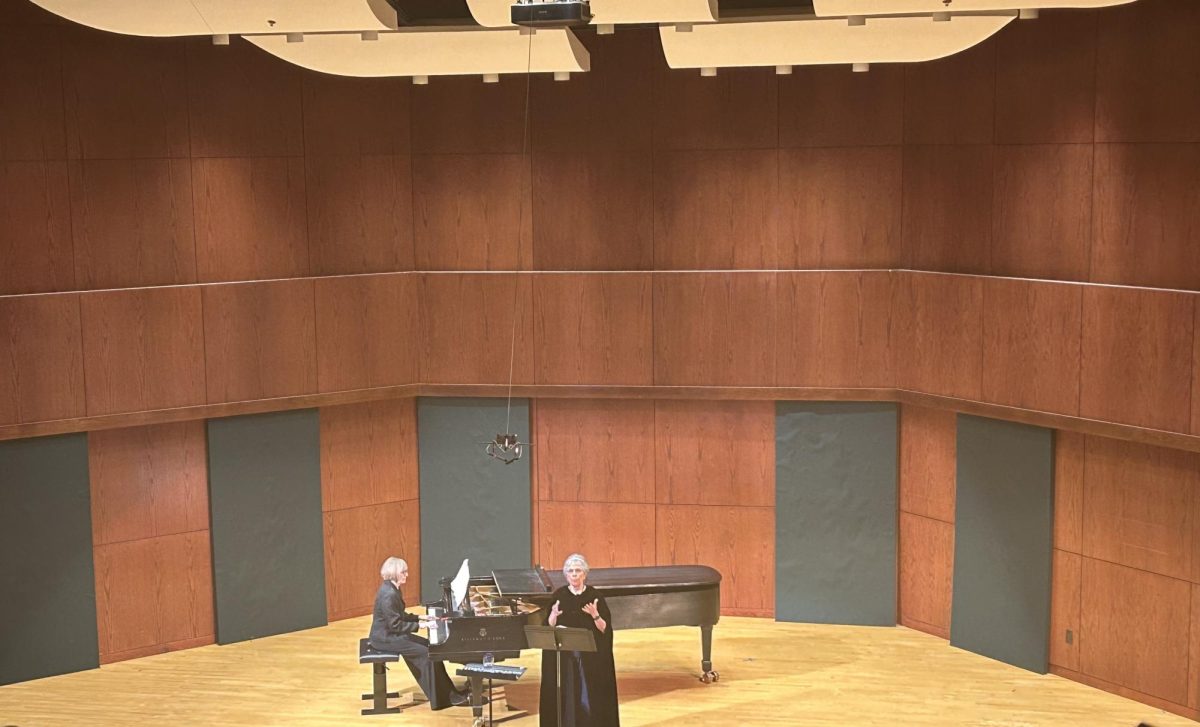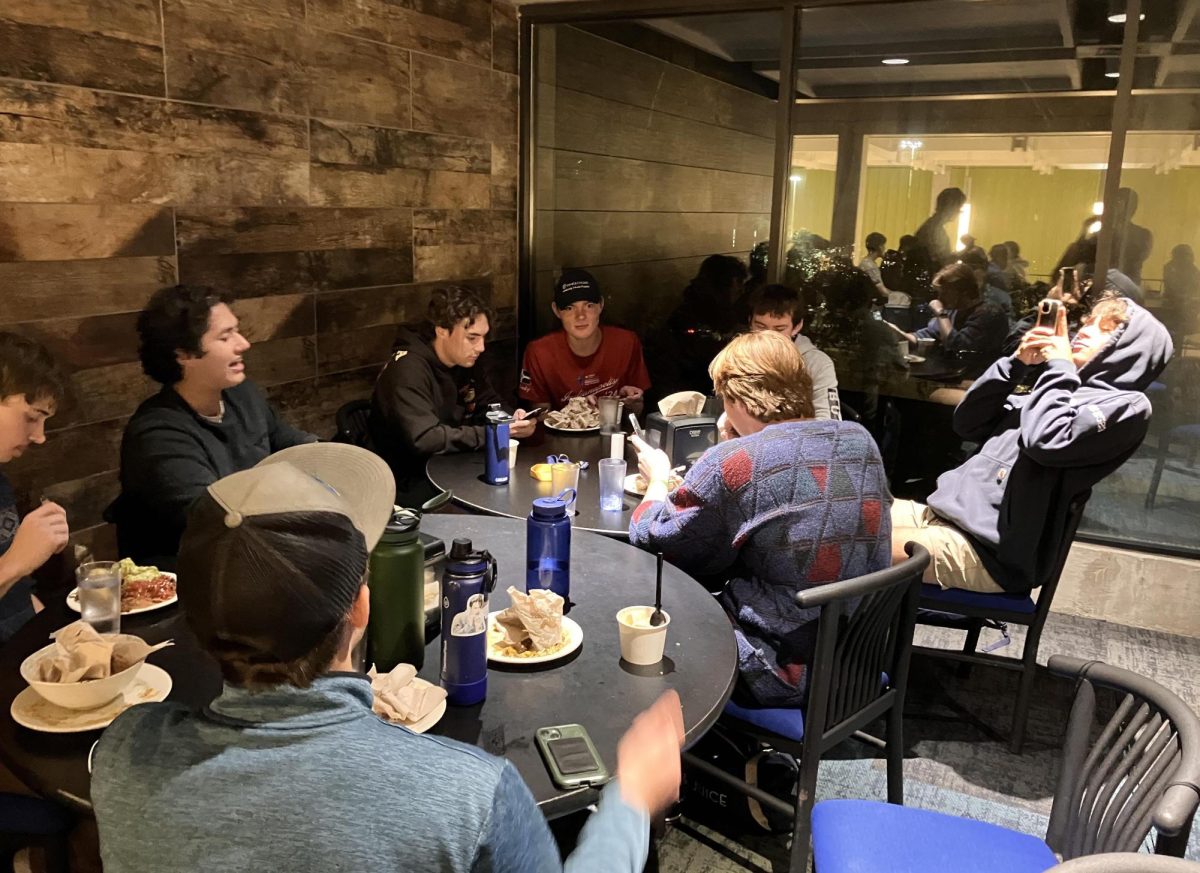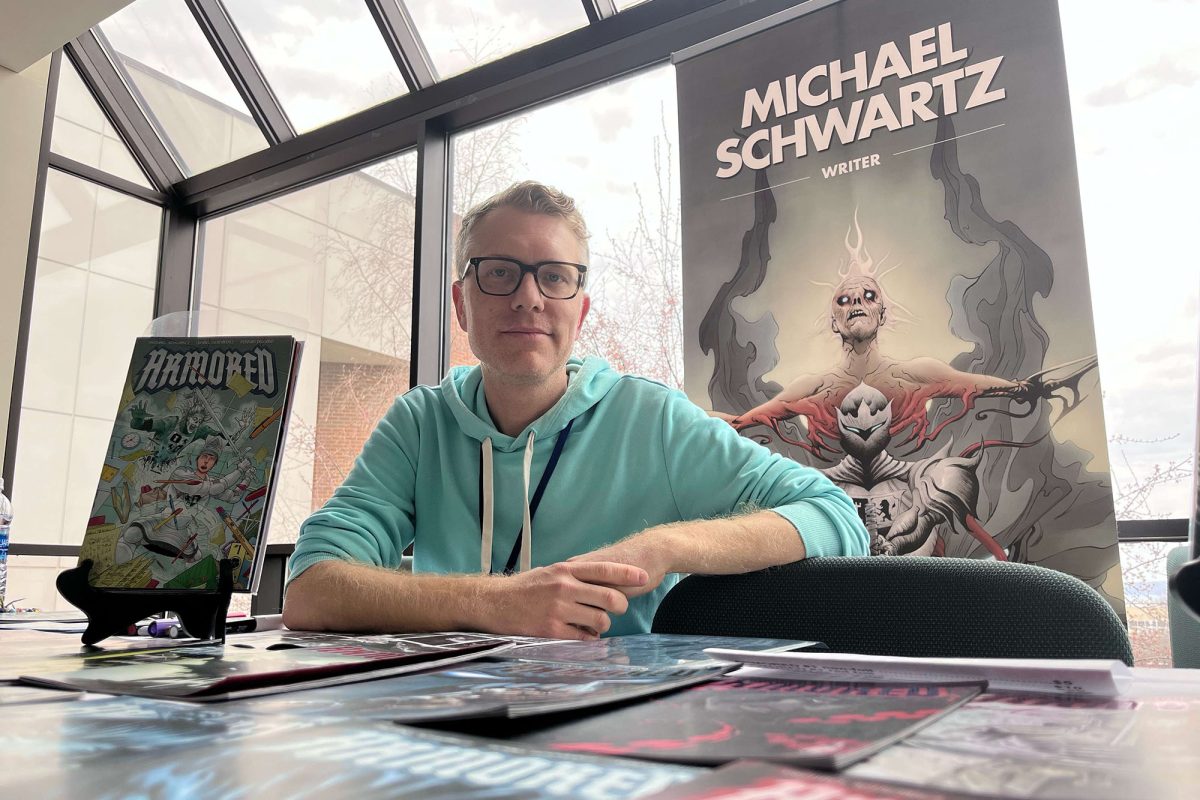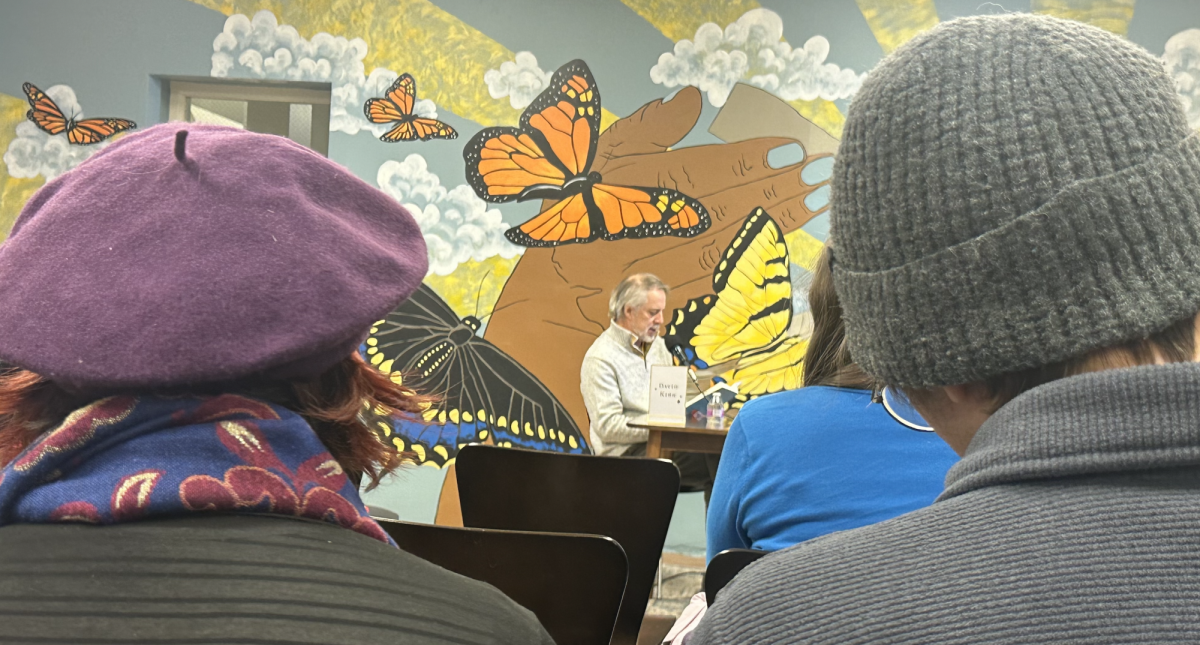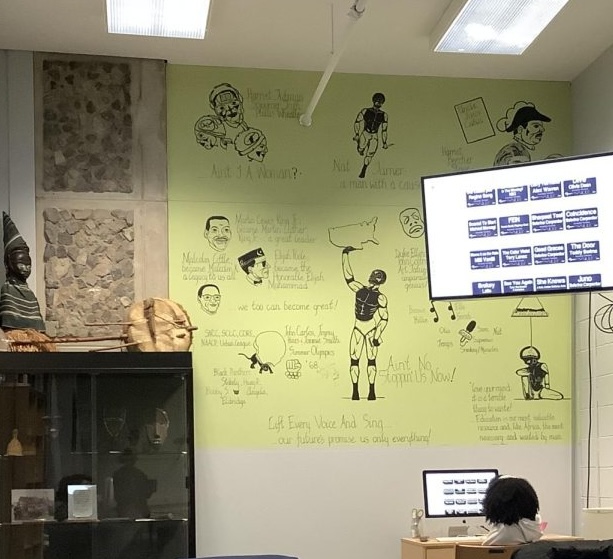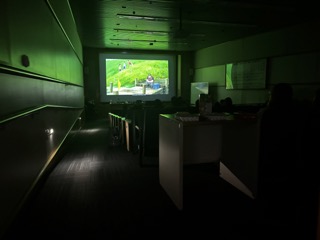Spearheaded by a collection of etchings by legendary Dutch artist Rembrandt Van Rijn, the four new additions to the museum range from glass octopi to paintings illustrating power struggles in South East Asia.
[youtube https://www.youtube.com/watch?v=xwsTj2xogfM&w=560&h=315]
Lines of Inquiry:
Opened September 23, the Lines of Inquiry exhibit is right for classical art lovers everywhere. The collection, gathered from a network of academic institutions and private donors, displays the intricate work of the mythical artist Rembrandt’s use of etching — a painstakingly slow practice of carving tiny details into a metal, usually copper, plate then printing onto paper.
“To have these pieces together for 6 months is a really special thing,” said Brittany Rubin, Print Room Curatorial Assistant, who has helped gather pieces for the collection.
The collection displays etchings — specifically, his work on copper that was later transposed onto paper — from his career as an artist and exemplifies the technicality and tenaciousness that Rembrandt displayed when scrupulously copying etching after etching, sometimes over a period of 20 or more years. In addition, they have teamed up with students and researchers to catalog the various watermarks on the paper Rembrandt used which are put into the software WIRE, Watermark Identification in Rembrandt’s Etchings.
Lines of Inquiry will wrap up December 17.
https://twitter.com/KyleArnold12/status/912814085586210818
Silsia:
Down the stairs from Lines of Inquiry is the Silsia exhibition. Opened September 9, the collection of photographs from Iraqi-Palestinian artist Sama Alshaibi, current chair and professor of photography and video art at the University of Arizona in Tucson, displays the intimate connection between human beings, the planet, and the divine.
According to the exhibit’s programming, the project was inspired in part by Ibn Batutah, a 14th-century Moroccan scholar who traversed the medieval versions of the now-countries visited by Alshaibi.
Alshaibi will return to Cornell University’s campus October 12 to discuss her work and take part in a dialogue between campus constituents.
Silsila will be available for viewing at the Johnson until December 24.
https://twitter.com/KyleArnold12/status/912811782988877824
Power, Haunting, and Resilience:
The first of the new fall exhibit to be opened, Power, Haunting, and Resilience is a multi-faceted display that explores the aftermath of a brutal 38 years of martial law in Taiwan in the late 20th century through photographs, sculpture, and abstract installations.
Each piece in the exhibit, curated by An-Yi Pan, associate professor in the department of history of art and visual studies, and Liu Yung-Jen, curator at the Taipei Fine Arts Museum, revolves around the theme of power structures and how that seeps into a society after almost forty years.
Power, Haunting, and Resilience is on display until December 17.
https://twitter.com/KyleArnold12/status/912811046620016640
From the Darkness of the Sea:
This unique display is sure to entice both art aficionados and lovers of all things marine. Before the advent of underwater photography, people were forced to study mysterious marine creatures using unconventional methods: by molding them out of glass.
The practice, since stopped, has left a trove of these translucent creatures, hand-blown by the 19th-century jeweler and glassmaker Leopold Blaschka. Blaschka’s glass creatures — more than 800 of them — are based on the etchings of Naturalist Philip Henry Gosse’s depictions, according to the display’s programming.
The Johnson is merely borrowing the creatures as they are permanently held at the Corning Museum of Glass, which has donated to be shown alongside the exhibit original sketchings from which the creatures are based.
From the Darkness of the Sea will be on display until December 24.
https://twitter.com/KyleArnold12/status/912812399513698305
All information regarding the exhibits was gathered from programming and interviews with the museum’s director Stephanie Wiles and curational staff.




